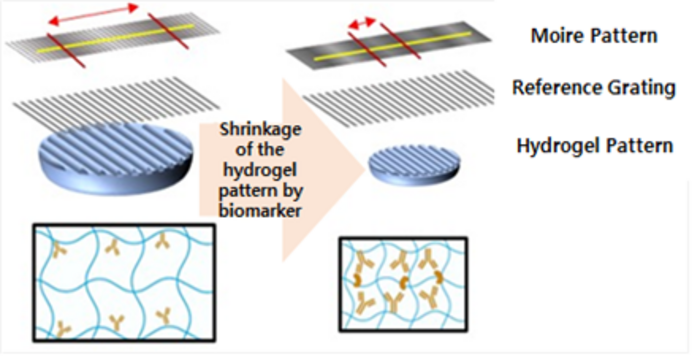When you get a tattoo, do you know what you’re putting under your skin? According to new Binghamton University research, the ingredient labels on tattoo ink don’t match the actual substances in the bottle.

Credit: “My Rose Tattoo – All bruised!” by ohsarahrose is licensed under CC BY-SA 2.0.
When you get a tattoo, do you know what you’re putting under your skin? According to new Binghamton University research, the ingredient labels on tattoo ink don’t match the actual substances in the bottle.
Produced by the lab of Binghamton Univerity Assistant Professor of Chemistry John Swierk, “What’s in my ink: An analysis of commercial tattoo ink on the U.S. market” was recently published in the journal Analytical Chemistry.
Swierk’s lab explores the potential impact of light on tattoos and their chemical breakdown. Early on, doctoral student Kelli Moseman — the article’s lead author, along with Ahshabibi Ahmed and Alexander Ruhren — noticed that the tattoo inks they were researching contained substances that weren’t on the label. Were they breakdown products from the interaction with light or something in the ink from the start? What’s actually in a bottle of tattoo ink?
The researchers analyzed tattoo inks from nine manufacturers in the United States and compared their actual contents with the label. The manufacturers ran the gamut from major, global companies to smaller producers; the inks in question came in six colors.
Of the 54 inks, 45 of them — 90% — had major discrepancies with the labeled contents, such as different pigments than the ones listed or unlisted additives.
More than half contained unlisted polyethylene glycol, which can cause organ damage through repeated exposure, while 15 contained propylene glycol, a potential allergen. Other contaminates included an antibiotic commonly used to treat urinary tract infections and 2-phenoxyethanol, which poses potential health risks to nursing infants.
Their research cannot identify whether unlisted ingredients were added intentionally or if the manufacturer was provided with incorrectly labeled or contaminated materials.
“We’re hoping the manufacturers take this as an opportunity to reevaluate their processes, and that artists and clients take this as an opportunity to push for better labeling and manufacturing,” Swierk said.
Swierk noted that the research on the safety implications of tattoos is still out. Allergic reactions are the most common negative outcome, and they can be persistent, painful and even disfiguring, he said. Red pigments are a particular problem, although science hasn’t yet determined why.
Regulatory concerns
Potential risks associated with tattooing usually focus on skin cancer and the pigments themselves, but additives can also cause risks — including some beyond the skin. If a client begins to develop issues related to the tattoo weeks or even years later, unlisted ingredients can make it difficult to figure out what reaction is happening and why.
Regulation of tattoo inks on the American market is very recent. At the end of 2022, Congress passed the Modernization of Cosmetics Regulation Act (MoCRA), which allowed the federal Food and Drug Administration to regulate tattoo inks for the first time, including accurate labeling practices; prior to that, tattoo inks were considered cosmetic in nature and not subject to regulation.
“The FDA is still figuring out what that is going to look like and we think this study will influence the discussions around MoCRA,” Swierk said. “This is also the first study to explicitly look at inks sold in the United States and is probably the most comprehensive because it looks at the pigments, which nominally stay in the skin, and the carrier package, which is what the pigment is suspended in.
Their study focused only on substances at 2,000 parts per million (ppm) or more, considered high concentrations. European regulations, however, consider substances in the 2 ppm range. In other words, there could be even more substances in the inks than the ones the lab found.
The tattoo inks available in the American and European markets differ because the latter is subject to stricter regulations, overseen by the European Chemicals Agency.
In the future, the lab will investigate pigments banned in Europe and see if those components are present in tattoo inks sold there, Moseman said. She is currently working on a study focused on blue and green inks sold in Europe, which have been particularly affected by chemical regulations.
“Our goal in a lot of this research is to empower artists and their clients. Tattoo artists are serious professionals who have dedicated their lives to this craft and they want the best possible outcomes for their clients,” Swierk said. “We’re trying to highlight that there are some deficiencies in manufacturing and labeling.”
Journal
Analytical Chemistry
DOI
10.1021/acs.analchem.3c05687
Article Title
What’s in My Ink: An Analysis of Commercial Tattoo Ink on the US Market
Article Publication Date
22-Feb-2024





